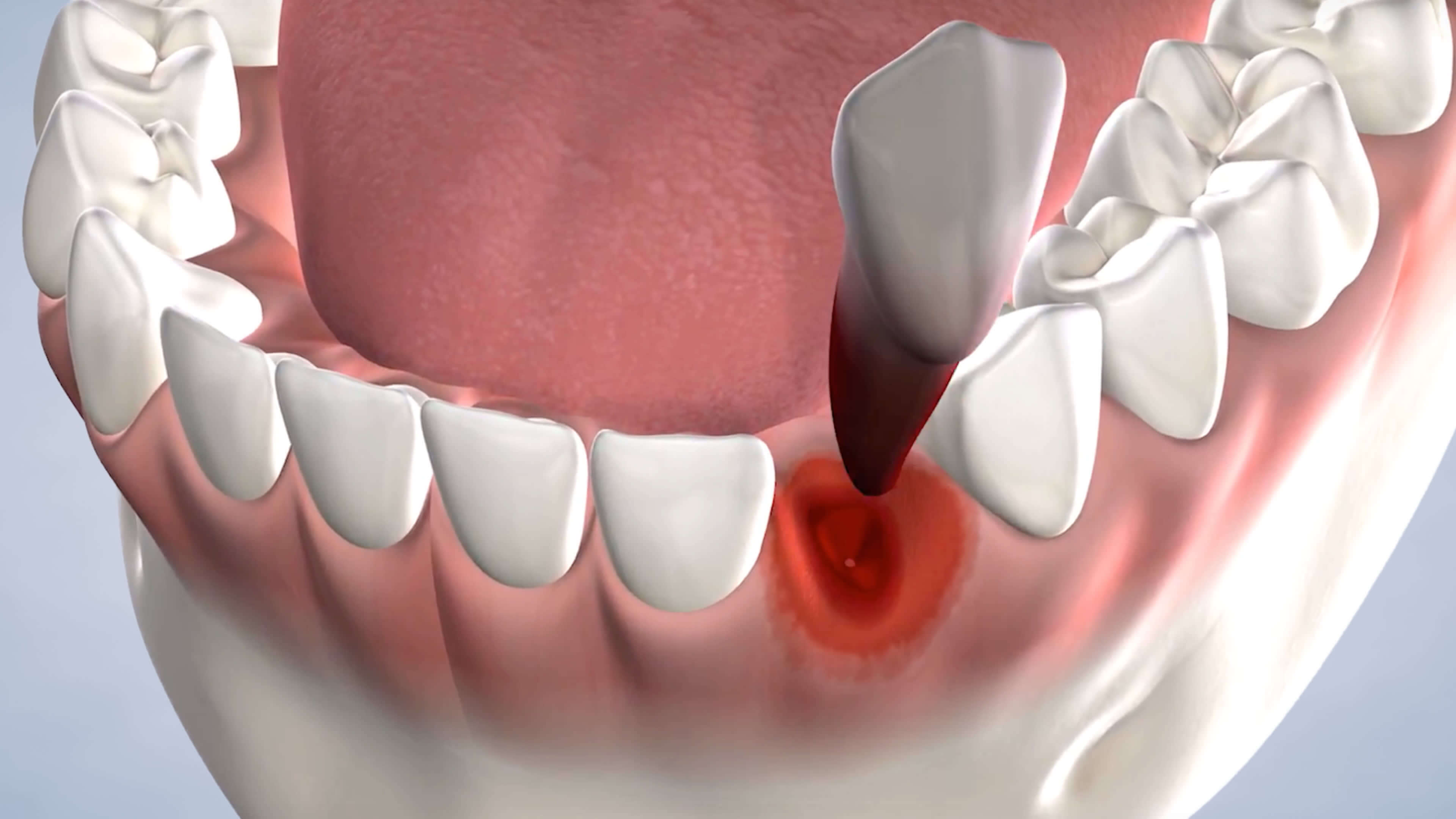Post-Operative Instructions: Tooth Extractions
BACKThe following will cover important information regarding proper post-surgical care for general and wisdom tooth extractions. If you have been scheduled to have teeth extracted, it will be important to follow these instructions exactly as we present them.
Discomfort is normal after the extraction of teeth. If you are not allergic or intolerant to non-steroidal anti-inflammatory drugs, start taking ibuprofen (also known as Advil® or Motrin®) as instructed by your doctor at the time of your surgery. If you are asthmatic, do not take ibuprofen unless you have tolerated it in the past. If the ibuprofen alone doesn’t control your pain, take your prescribed narcotic in addition. Ibuprofen and your prescribed narcotic can be taken together. Be certain to take your pain medicines with food; this will help prevent nausea. Remember, narcotic pain medicine will impair your judgment and reflexes.
Gauze pad(s) should be placed directly over the extraction site(s) and held in place with firm biting pressure; proper placement will help you not swallow blood, which can make you nauseated. Replace the gauze pad(s) every 30–40 minutes. When the gauze pads have little or no blood on them, they are no longer necessary. If bleeding persists, you may substitute a tea bag for the gauze. Wet the tea bag with hot water, squeeze it damp-dry, and wrap it in a moist gauze. Apply pressure over the surgical area for 30 minutes. The amount of bleeding will vary from person to person. Most of your bleeding will slow within 3–4 hours, but a small amount of bleeding is common for up to 24 hours.
Do not rinse on the day of surgery; it may prolong your bleeding. Begin saltwater rinses the day after surgery and continue for 1 week. Rinse with warm salt water 3–4 times each day. To make the saltwater solution, dissolve a ½ teaspoon of salt in a small glass of warm tap water.
If you have been given an irrigating syringe, start irrigation on the fifth day following surgery. Do not perform irrigation if you had a bone graft or dental implant placed. Fill the syringe with warm salt water and place the tip of the syringe into the extraction site to clean. Do this 3–4 times a day for 4 weeks and lessen as the surgical site heals.
Swelling is normal after surgery and is a major cause of post-extraction discomfort. Swelling typically peaks by the third day and then starts to resolve; it can be reduced by the use of an ice pack. Apply the ice pack to the side of your face for 20 minutes; transfer it to the opposite side for another 20 minutes. Continue icing the face for the first 48 hours. Do not freeze the skin. Ice packs are useful for the first 48 hours only. Also, keep your head elevated on two pillows for 3–4 days. These measures will not eliminate swelling, but they will help to reduce its severity.
You may eat soft foods as soon as you are home from surgery. Always cool down any hot foods or liquids during the first 24 hours. We recommend eating before taking narcotic pain medication. If you were sedated for surgery, do not eat fatty, creamy, or oily foods; these foods may cause nausea. You should eat only soft foods for the first week: for example, soups, eggs, mashed potatoes, and meatloaf are fine. For 1 week, do not eat hard, crunchy, or very chewy foods, such as pizza crust, steak or jerky, nuts, or popcorn. Gradually ramp up your diet as tolerated, using pain as your guide when starting to incorporate more solid foods. To help prevent dry socket, do not use a straw for 5 days after wisdom teeth removal or for 24 hours following other tooth extractions.
Begin brushing your teeth the day after surgery. It is important to brush all of your teeth, even if the teeth and gums are sensitive. Bacterial plaque and food accumulation near the extraction site will delay healing.
Do not smoke for at least a week. Smoking will increase your bleeding; the nicotine and tar in tobacco impair healing and may cause a dry socket.
Unless told otherwise, do no vigorous physical activity for 5 days following your surgery. Physical activity increases your blood pressure, which will cause an increase in your swelling, pain, and bleeding. You may gradually increase your activity, such as jogging or tennis, 5–7 days after your surgery.
We Are Here To Help
Please contact our office if you have any questions or issues with these instructions.
